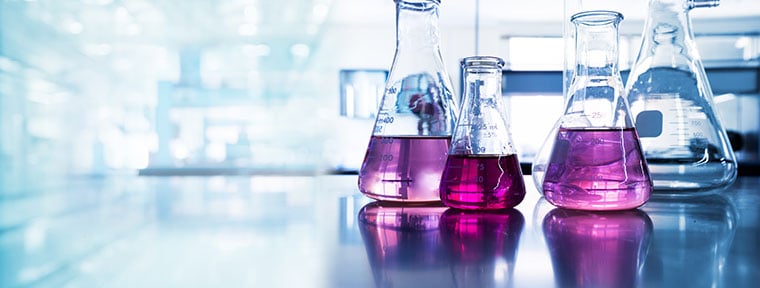Chemical allergies have become increasingly common in today's world, affecting a significant portion of the population. Understanding the most prevalent chemical allergies is crucial for individuals to identify and manage their symptoms effectively. In this comprehensive guide, we will delve into the topic of chemical allergies, exploring their causes, symptoms, diagnosis, and treatment options.
- The Definition and Scope of Chemical Allergies:
Chemical allergies, also known as contact dermatitis, occur when the immune system reacts abnormally to certain substances. These substances, known as allergens, can be found in various products we encounter daily, such as cosmetics, cleaning agents, fragrances, and even certain foods. It is estimated that millions of people worldwide suffer from chemical allergies, making it a significant health concern. - Common Allergens and Their Sources:
a. Fragrances and Perfumes: Fragrance compounds found in personal care products, detergents, and air fresheners are among the most common allergens. These substances can trigger allergic reactions, leading to skin irritation, rashes, and respiratory symptoms.
b. Nickel: Nickel is a metal commonly found in jewelry, clothing accessories, and everyday objects like coins and keys. Allergic reactions to nickel can cause skin redness, itching, and even blisters.
c. Cosmetics and Skincare Products: Ingredients like preservatives, dyes, and fragrances in cosmetics can cause allergic reactions. Common symptoms include facial swelling, itching, and hives.
d. Latex: Latex allergy is prevalent among healthcare workers and individuals with frequent exposure to latex products, such as gloves and condoms. Symptoms range from skin irritation to severe respiratory distress. - Symptoms and Diagnosis:
Identifying chemical allergies can be challenging as symptoms can vary widely among individuals. Common symptoms include redness, itching, swelling, rash, and blisters. In severe cases, individuals may experience difficulty breathing or anaphylaxis. Consulting a dermatologist or allergist is crucial for an accurate diagnosis. They may perform patch tests, skin prick tests, or blood tests to identify specific allergens. - Prevention and Management:
a. Avoidance: The most effective way to manage chemical allergies is to avoid exposure to known allergens. This may involve reading product labels, choosing hypoallergenic alternatives, and using protective measures like gloves when necessary.
b. Skincare and Hygiene: Maintaining a proper skincare routine using gentle, fragrance-free products can help alleviate symptoms and prevent flare-ups.
c. Medications: Over-the-counter antihistamines and topical corticosteroids can provide temporary relief from symptoms. In severe cases, prescription medications like immunomodulators may be necessary.
d. Immunotherapy: Allergen immunotherapy, such as allergy shots, may be recommended for individuals with severe chemical allergies. This treatment aims to desensitize the immune system to specific allergens gradually.
Conclusion:
Chemical allergies are a prevalent health concern, affecting individuals across various industries and lifestyles. By understanding the common allergens, symptoms, and management strategies, individuals can take proactive steps to minimize their exposure and effectively manage their symptoms. Remember, early diagnosis and appropriate treatment are essential for a better quality of life for those with chemical allergies.
